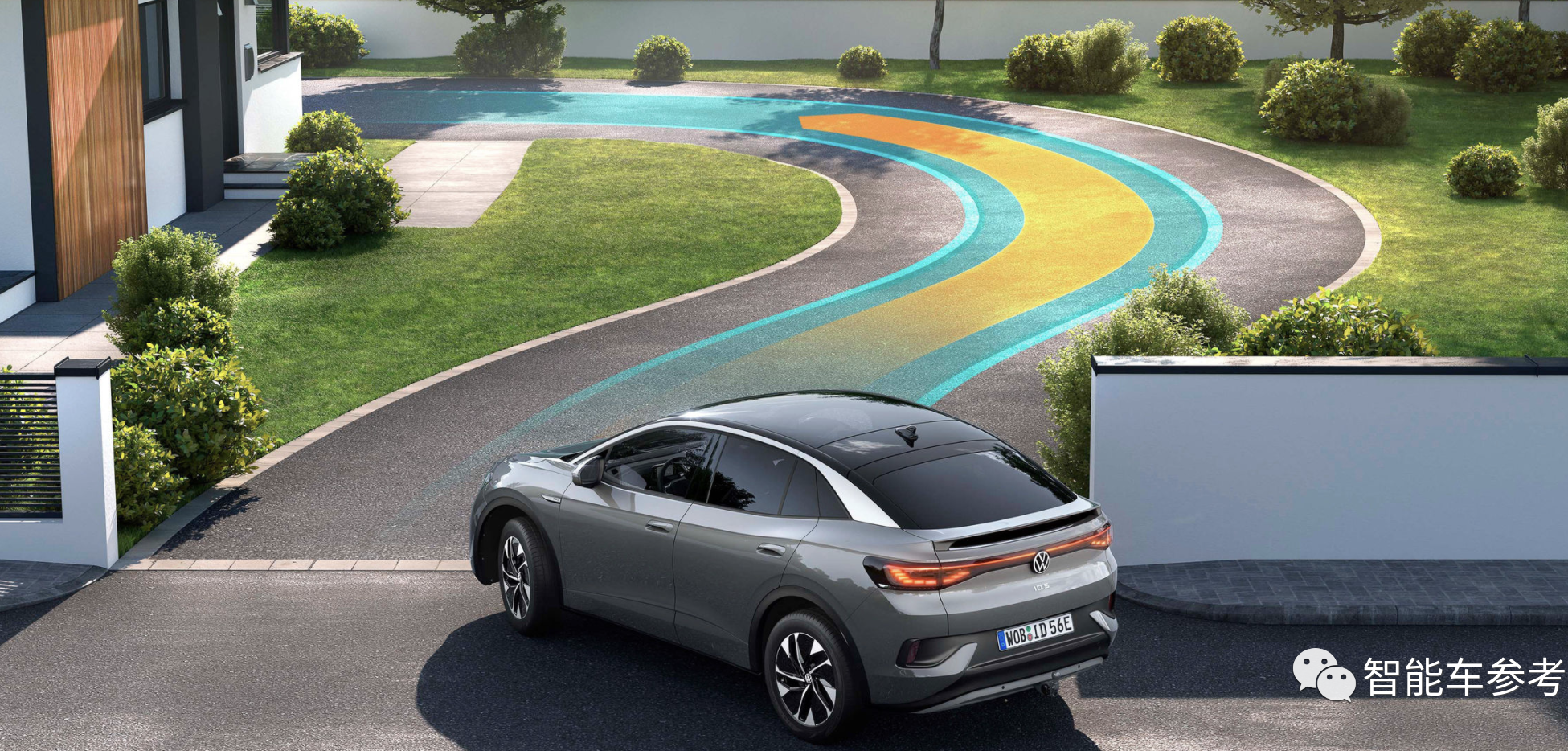Jia Haonan, from the co-pilot temple.
Reference for Intelligent Cars|Official Account: AI4Auto
The most important progress in intelligent vehicles today comes from the veteran automaker Volkswagen:
The ID series electric vehicle has received a major OTA update, which brings six major new capabilities.
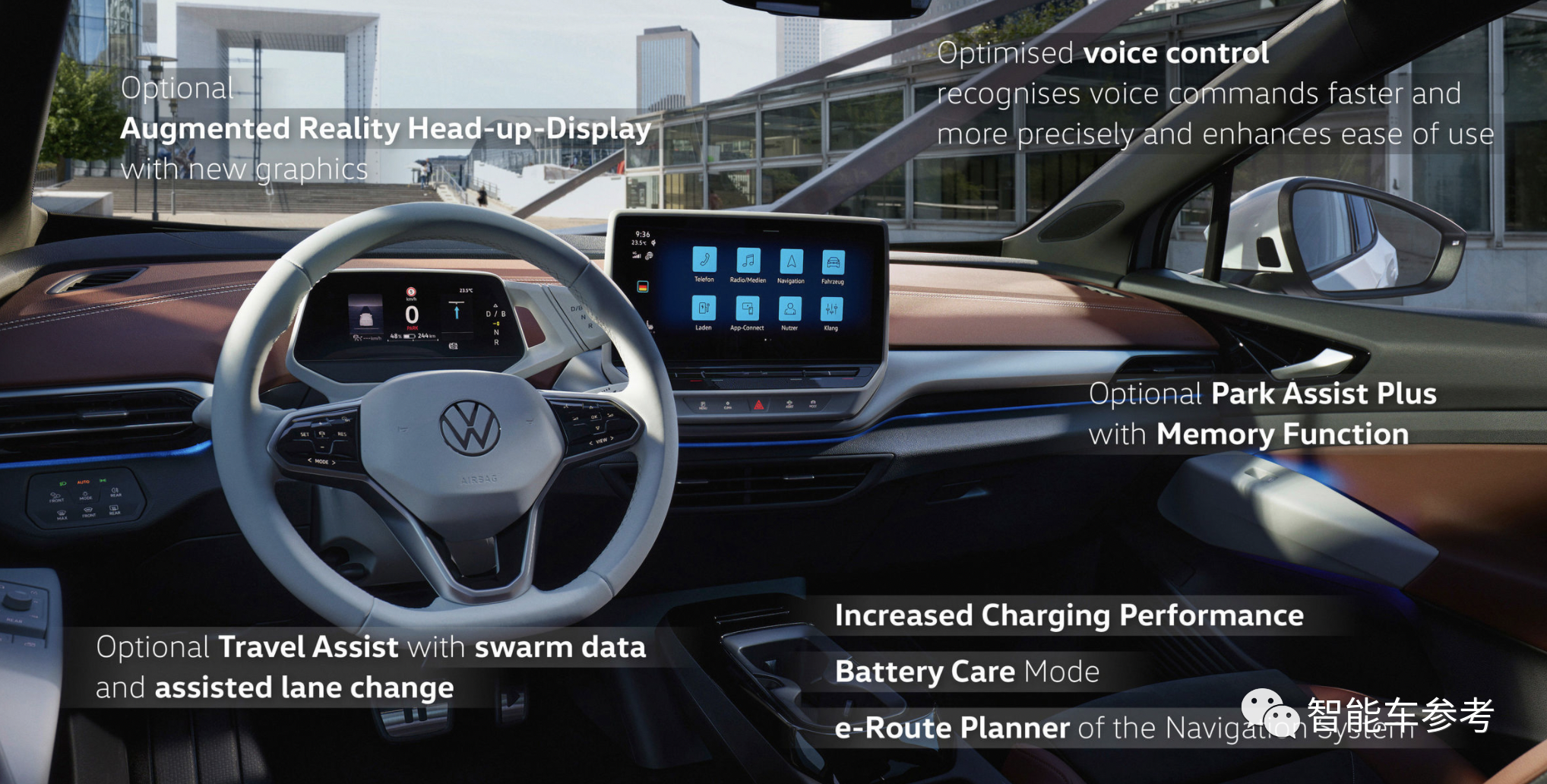
The most anticipated intelligent driving function now supports autonomous lane changing and learning driver behavior habits, which are actually the same as Tesla’s NOA and XPeng’s NGP.
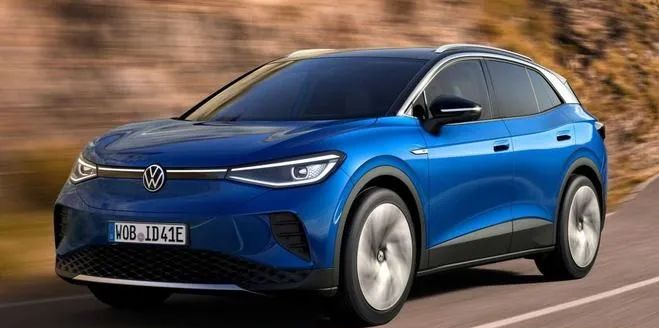
The autonomous parking capability of the ID series has also been improved. Now, it can “remember” parking spaces and routes.
In terms of intelligent cockpit, this OTA has raised the voice recognition accuracy rate of the ID model to 95% and enriched the V2X function of the car machine.
In addition, the charging efficiency and navigation function of ID cars have also been improved.
Well, Volkswagen’s moves this time are very “new power”.
Volkswagen’s Latest Achievements in Intelligence
Let’s start with the most important intelligent driving function.
Generally, in the development stage, ADAS systems are divided into driving domain and parking domain, because the types and number of sensors required and the requirements for vehicle speed are different in these two different working conditions.
In the driving domain, it is further divided into urban roads and highways according to speed and road complexity.
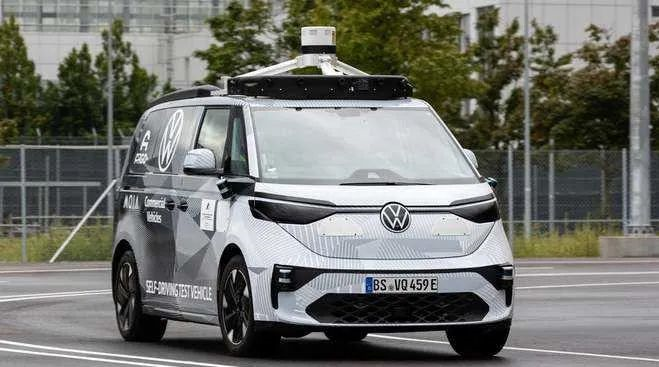
The familiar Tesla NOA and XPeng NGP are still limited to the high-speed domain.
Volkswagen’s ID series has also updated the high-speed domain function, which is called Travel Assist. On the basis of original adaptive cruise control and lane keeping, the new function adds autonomous lane changing.
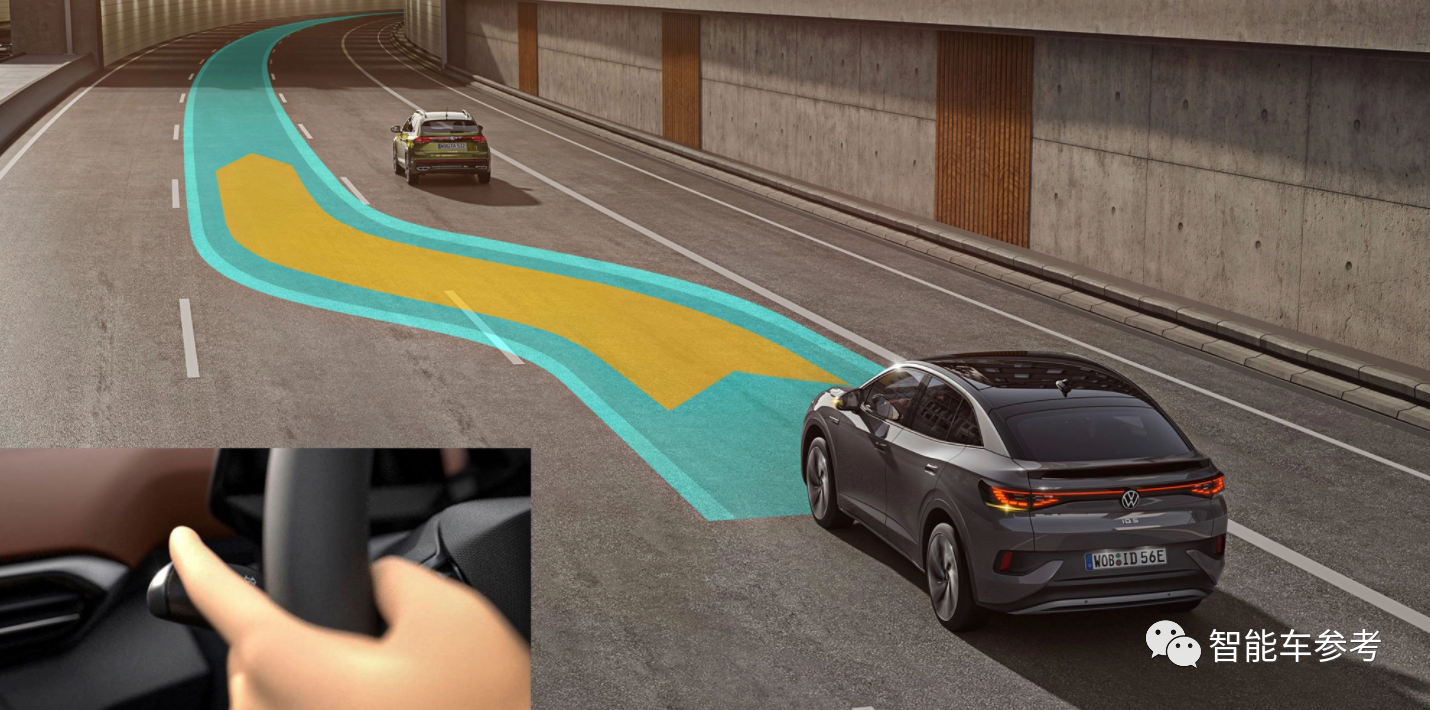
Of course, “autonomous lane changing” is Volkswagen’s term. In fact, this is a kind of “semi-autonomous”: the driver needs to turn on the turn signal to request lane changing, and the system will execute it when it confirms that the surrounding environment is safe.
In addition, this function has conditions of use: the speed must be above 90 kilometers per hour, and the driver must not take both hands off the steering wheel.The practicality of this feature… It is certainly valuable on the unrestricted autobahn in Germany, but its use may be much less frequent on highways in China with a maximum speed limit of 120 km/h.
In addition, Travel Assist now has learning capability after this OTA. For example, it can adjust the lane-keeping position to the left or right based on driving habits, rather than mechanically keeping it centered.
As for parking, Volkswagen has introduced the Park Assist Plus, which adds a memory parking function to the regular autonomous parking function.
The system can remember up to 5 different parking spaces, as well as the driving route within 50 meters of the parking space.
In addition, previously, ID models could only park in spaces designated by the driver, but after OTA, they can now search for and identify available parking spaces autonomously.
Not just with intelligent driving, but also with the ID series’ intelligent cockpit, there has been a major improvement in user experience after this OTA.
Firstly, with HUD display. For Chinese vehicle owners, only models with high or middle-end configurations were able to select HUD.
The updated HUD can now display more information, such as navigation information beyond the driver’s line of sight, such as loops, turns, etc., as well as the vehicle’s remaining battery life.
For voice interaction, this is a feature that many Chinese Volkswagen ID users have criticized for being slow to respond and inaccurate in recognition, making people question the software development capabilities of Volkswagen.
However, the official promise is that after OTA, the accuracy of voice recognition has improved to 95%, and the response time is within “a few seconds”. It can also distinguish voice commands from different positions of the driver and front passenger.
Is there any optimization specifically for Chinese voice recognition? The official response is unknown, and remains to be seen based on feedback from Chinese vehicle owners.
Finally, regarding charging function updates, the maximum charging power has been increased by 10kw to reach 135kw. Battery thermal management has also been optimized to increase actual range.
One thing to praise Volkswagen for is that some manufacturers in China would secretly “lock” the battery via OTA to hide battery life and safety defects, but Volkswagen has left this choice to the vehicle owners.If you are concerned about the endurance problem of your ID battery, you can choose to charge only 80% each time.
Finally, Volkswagen is catching up with Tesla in terms of intelligent charging.
If you use the car navigation system to go to the charging station, the system can automatically arrange for the battery pack to be heated in advance, so that when you arrive at the charging station, the battery can immediately reach the maximum charging power requirement.
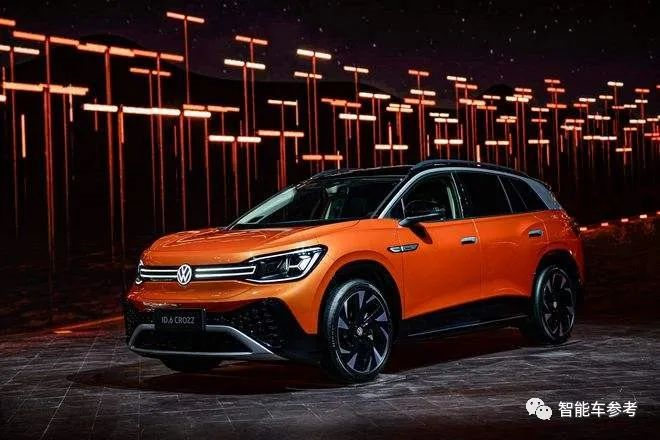
Above is the entire content of this major Volkswagen OTA.
But as you may notice, the impression of the steady and even boring Volkswagen is becoming more “Teslaized” and “new-powered.”
Is Volkswagen still Volkswagen?
While people are still discussing the transformation dilemma of traditional automakers, Volkswagen has quietly practiced its “intelligent internal work”.
At least from the functionality and frequency of OTA, it is indeed the case.
For example, Volkswagen’s smart driving ability in this OTA, although there is still a gap with smart car companies such as Tesla and XPeng Motors, it has almost caught up with the current level of ideal and NIO.
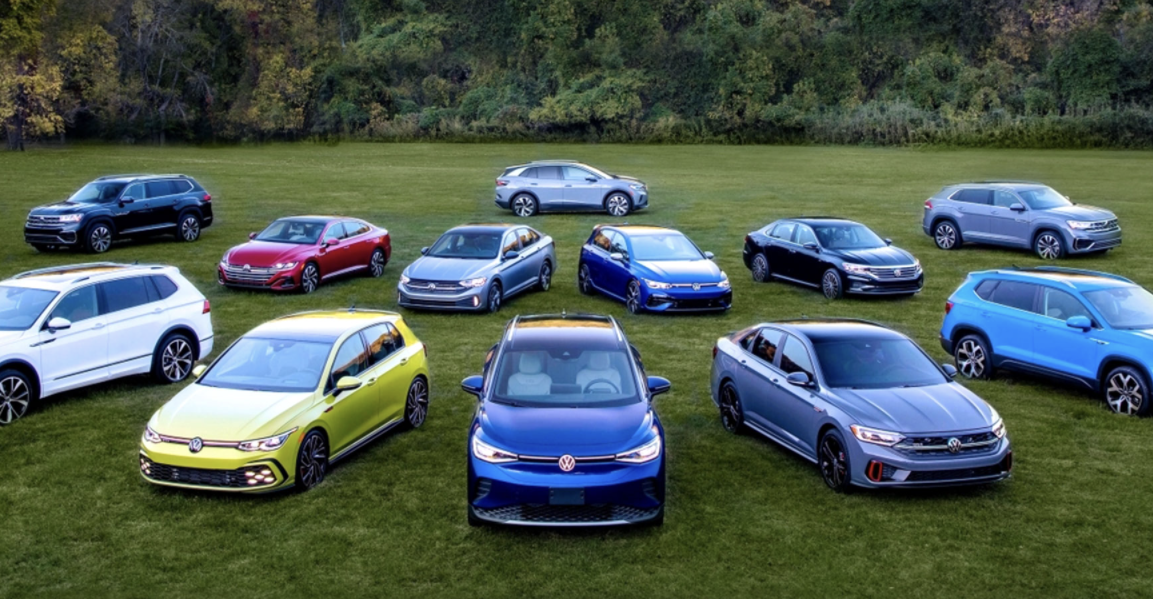
As for the frequency of OTA, Volkswagen can now achieve “monthly updates”, and even Tesla’s version updates are not as fast.
As for the old-school carmakers, Volkswagen is undoubtedly leading the way.
Is Volkswagen still Volkswagen?
To answer this question, we should first clarify the difference between “smart cars” and “functional cars.”
A smart car, of course, has intelligent auxiliary driving and voice interaction, but nowadays, both new and old car companies can popularize these functions in entry-level cars priced at tens of thousands of yuan.
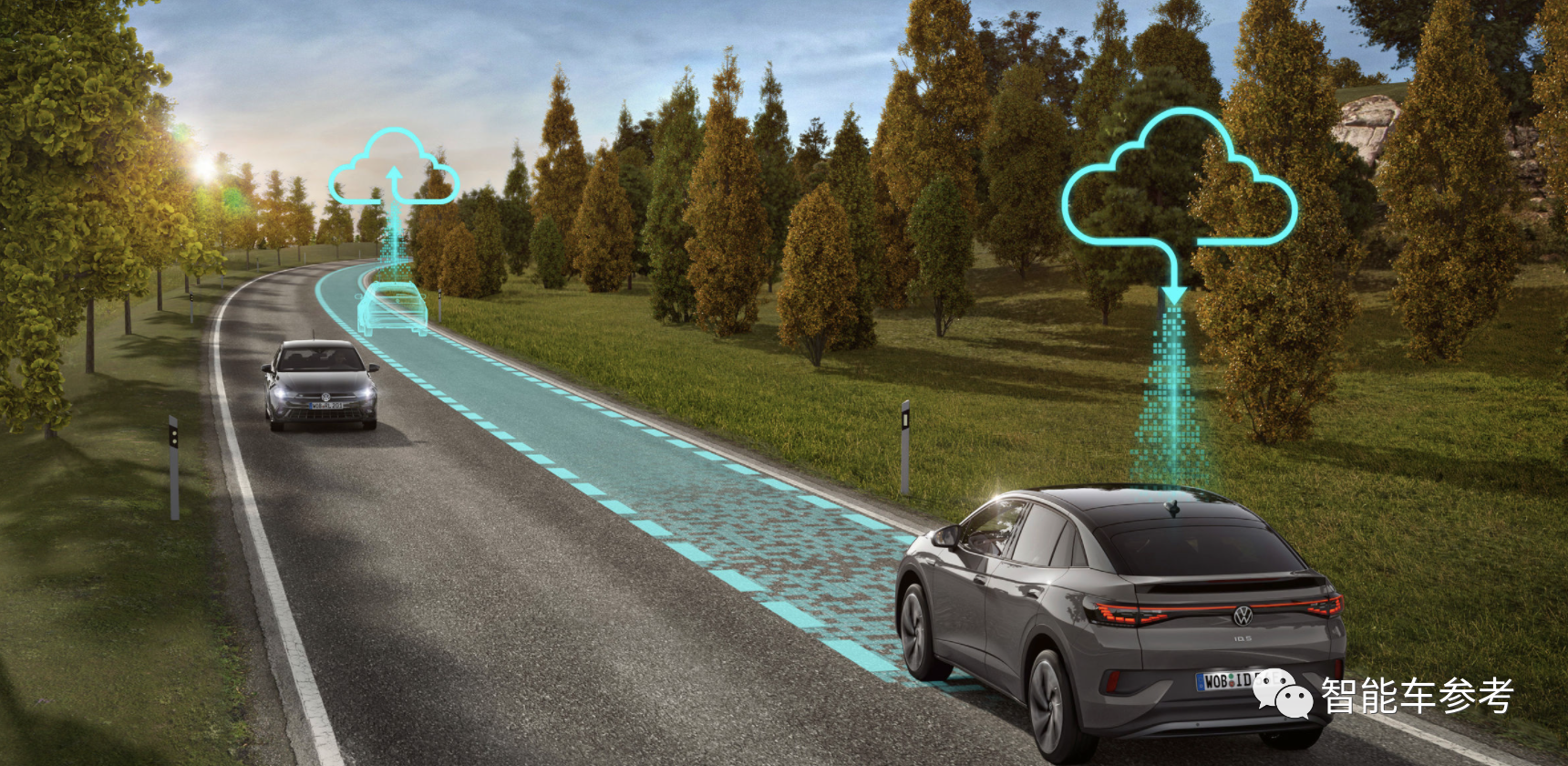
Then why is the Model 3 widely regarded as a smart car, with L2 function, voice interaction, while models like Toyota Highlander and Ford Explorer, which are at the same price range, are not?
With the classification of smart functions, there is a lack of recognized, theoretically supported standards, especially at the current L2, L3 levels.
But let’s look at it from this perspective:
You bought a car, and 10 years later it’s still the same as 10 years ago, with no additional functions. On the other hand, every now and then you own a car that can improve its capabilities and provide new experiences.
For the AI technology underlying automatic driving and smart interaction, which is necessary for smart cars, an iteration cycle is needed to optimize the experience. Even if you buy an advanced smart driving car now, without OTA, it will soon become outdated compared to new products.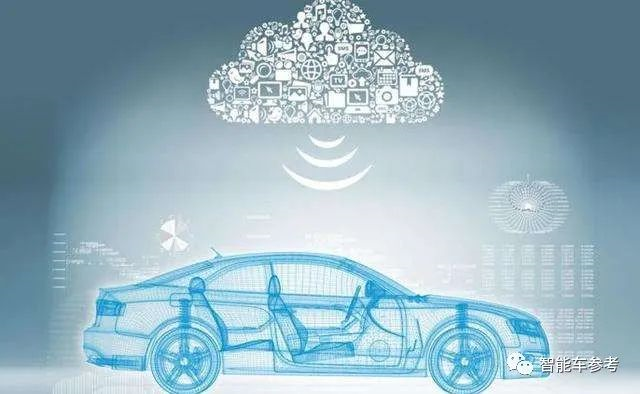
Thus, for the perception of intelligent automobiles, the starting point may be OTA.
According to this criterion, Volkswagen is standing at the threshold of intelligent and functional vehicles.
On the one hand, Volkswagen has realized the tremendous changes in intelligent and new energy vehicles. It not only began to transform faster than its peers but also saw the earliest results.
For example, the ID series has already been able to compete with Tesla in Europe, and sales have steadily increased in China.
Most importantly, Volkswagen has unveiled its exclusive platform MEB for pure electric intelligence. Although the level of software development on the platform is far inferior to that of new forces, it has initially established a framework for data collection and iteration.

Of course, the threshold also refers to the fact that Volkswagen is still burdened by tradition.
Current CEO Herbert Diess can be said to be the first person to promote Volkswagen’s electric and intelligent transformation. The reform has encountered countless obstacles, and he has almost been fired several times.
After a “cost-cutting and efficiency-increasing” crisis at the end of last year, Diess barely remained as CEO but lost the power to make decisions for Volkswagen and could only be responsible for the software department.
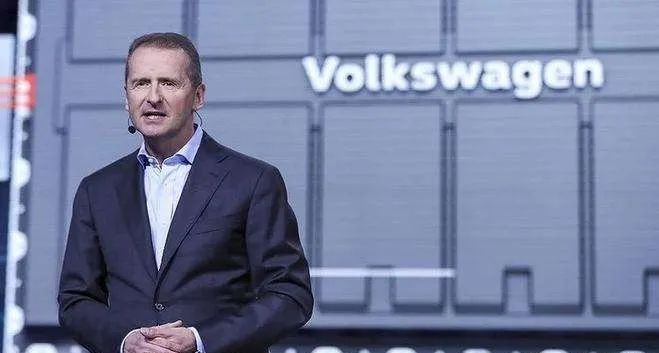
And this is precisely the critical period when Volkswagen’s reform has just begun to take effect.
Therefore, whether the other foot of Volkswagen can smoothly step into the “intelligent vehicle” threshold is still uncertain.
However, Volkswagen’s attempts have set an example for old-school car companies seeking transformation.
Moreover, after all, Volkswagen is Volkswagen, with a large family and many partners.
In terms of intelligent transformation, it has announced cooperation with DJI’s large-scale vehicle and recently rumored acquisition of Huawei’s autonomous driving team and cooperation with Ford’s subsidiary ArgoAI.
No one hopes to lag behind in the intelligent transformation, especially not Volkswagen.
Are you interested in Volkswagen’s ID series? Friends who have had experiences of getting on or driving the car, please share your feelings~
Done
“`
This article is a translation by ChatGPT of a Chinese report from 42HOW. If you have any questions about it, please email bd@42how.com.
